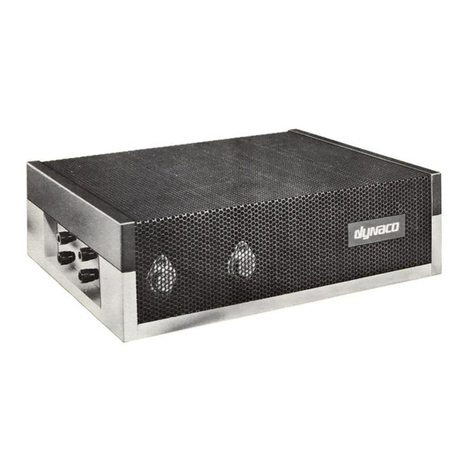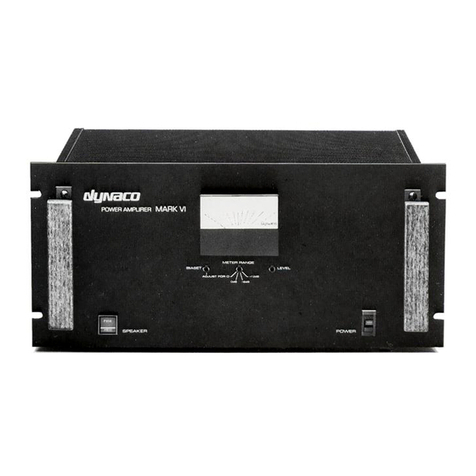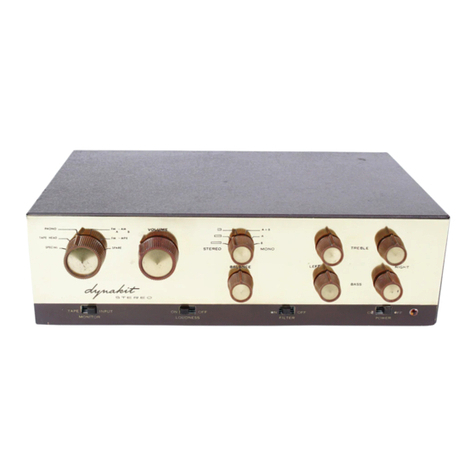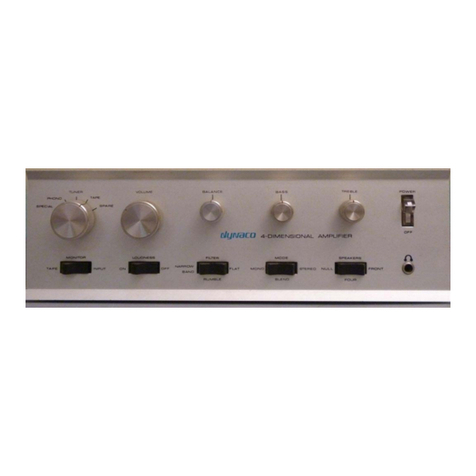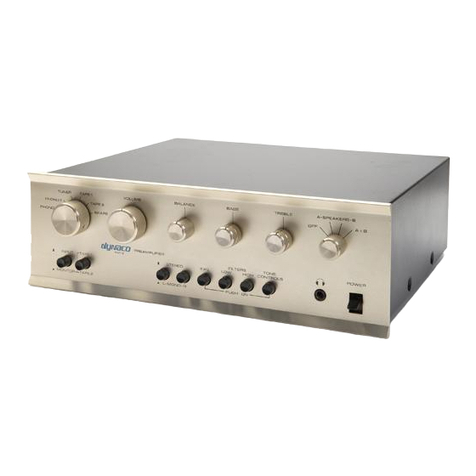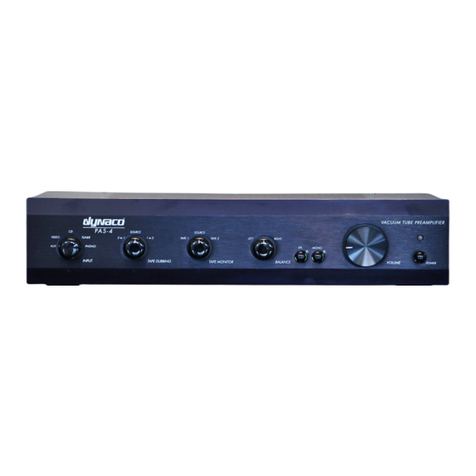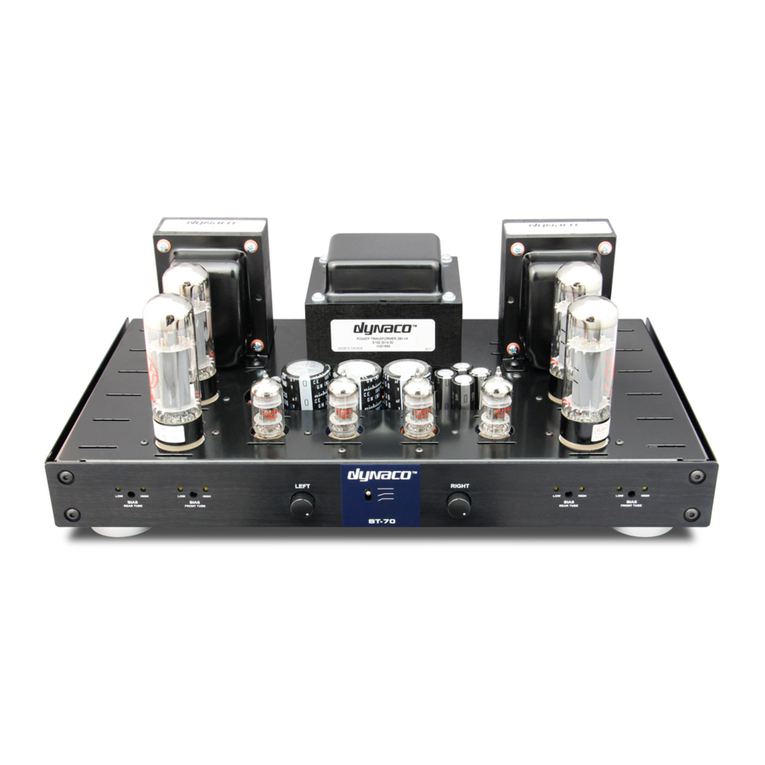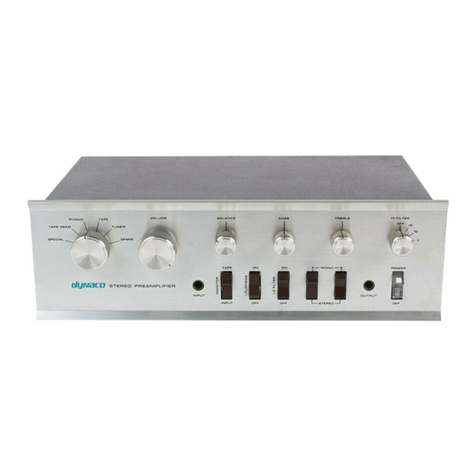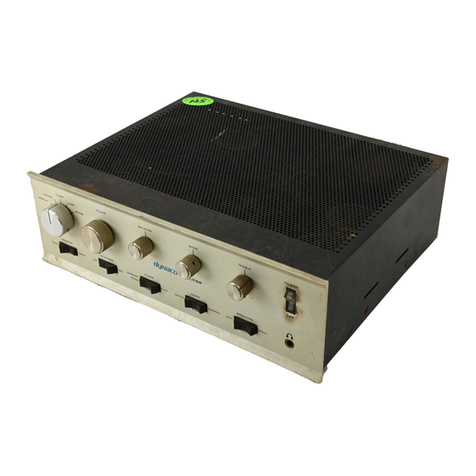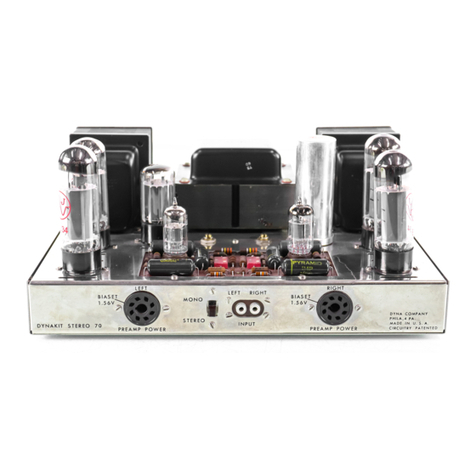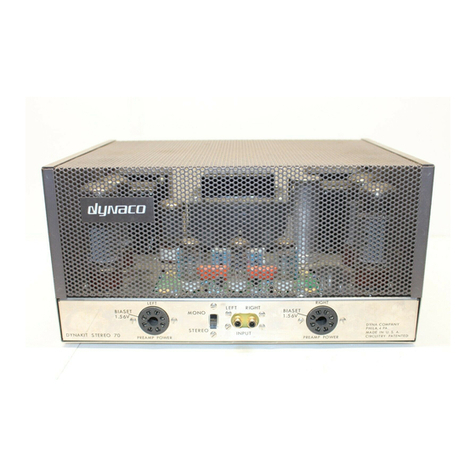
WI.!UNG INSTRUCTIONS'. '
LEFT
CIRCUIT
BOARD
LEFT
3-
SCREW
TERMINAL
51
•
':.
-:l'
.and-white leads from
the
LEFT
output
transformer
to
exactly
2"
in
length.
'Strip
and
tin
the
ends,
and
-'
'twist
the'
leads
together,
as"
in
the
diagrain; Connect
the
blue-and-white lead to
pin
#7
oc'
V
-2
on the
LEFT
circuit
boa~d
(S).
11
(Connect
the
green-and-white lead to
pin
#9
of V-2
(S)
.
12( )
Twist
together
the
blue
and
green leads from
the
LEFT
output
transformer. Connect the
bll;le
lead tq
pin
#7
of V-3 on
the
LEFT
circuit'board
(S),
13(Connect the green lead to
pin
#9of V-3.
14(
Connect
the
red
lead (rom the
LEFT
output
trans-
former to lug
#2
of the filter capacitor.
This
is
the.
lug
next
to
the
square symbol
on
the
plastic
under-
side of
the
capacitor,
and
should
be in the position
shown
in
the
pictorial diagram,
Ci
Connect the. qrown power transformer lead to
pin
#4
of V-6.
9(
I
lOr )
The
LEFT
output
transformer leads
are
connected
next. Carefully
cut
the blue-and-white.
and
green-
When
cutting
transformer
leads
to
correct
length,
strip
the
insulation
at
the
end
of
each
lead
to
expose
about
114"
of wire.
Tin
the exposed end,
by
heating
it
with
the
soldering
iron
and
melting a
bit
of
solder
onto
it; this
wiI1
keep
the
end
from fraying,
and
permits a
more
secure mechanical connection. Meas-
ure
the
length with aruler, from
the
chassis to
the
end
of the
lead
..
while holding
the
lead
straight
out
from
and
perpendicular
to
the"
chassis.
Cut
one
of
the
black leads to 11/
2"in length,
and
connect
it
to
lug
#4
of· the 5-lug
terminal
strip.
Do
not
solder;
remember, aconnection is
only
to be soldered when
the
symbol
(S)
is
printed
after
the
instruction.
2(
)
Cut
.~other
,black
lead
to 3lJ2",
and
connect
it
to termmal
Bof
the
fuse holder
(S).
.
3
(.
)
Twist
~ether
the
two red power
transformer
leads
..
Connect' one of them. to lug #1of
the
5-lug terminal
strip. .
4( ) Connect
the
other
red power
transformer
lead to lug
'#2
of
the
5-lug terminal
str~p.
5(
)
Cut
the
'red:ahd-yellow power transformer
lead
to
'. 3lJ2"
in
length,
and
connect
it
to chassis-mounqng
lug Aof
the
filter capacitor. '
6(
The
four
remaining
power transformer leads
are
con-
nected
next.
Cut
the
green
and
green-and-white
leads to
6"
each.
and
twist
them
together,
as
shown
.
in
the
diagram.
Connect
the
green-and-white lead to
pin
#5
of V-3 on
the
LEFT
circuit board.
.
7(
,)
Connect
the
green power
transformer
lead
to
pin
#4
ofV-3.
IMP"ORTANT:'
Because
the
tube
~ocket
lugs
~:.'
'.
are
smill(
'a~d
closely spaced;' it',is imperative
that
"
all'connections'
to
them
be
made
with care.
Keep
stripped
wire
ends
as
short
as possible;'
insert
them
in
the
lugs 'up to
the
insulation;
cut
off excess imme--
diately'
after
soldering each connection; check
each
time to
be
certain
that
nearby
terminals
and
hard-
ware
cannot
accidenta.Jly be
touched.
by
bare
wire
ends,
8(
Cut
the brown
and
the
brown-and-white power
transformer leads to 6".
Twist
them
together,
and
connect the brown-and-white lead to
pin
#5
of V-6
on the
RIGHT
circuit
board.
)
,n
6
,
/
